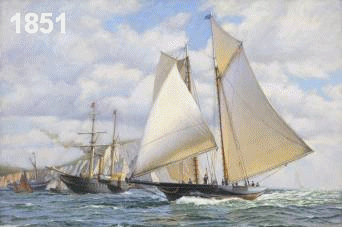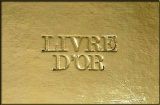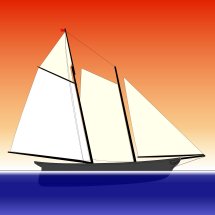 AMERICA'S CUP
AMERICA'S CUP1851-1937
"If we can fly today in the San Francisco Bay, this is because there have been "adventurers" like Walter Greene and Mike Birch.
To understand the future, we must know and respect the past."
Loïck PEYRON (Voiles et Voiliers July 2014)
![]()











 SATURDAY, JULY 24, 1920
SATURDAY, JULY 24, 1920 A strange couple defied the N.Y.Y.C.
A strange couple defied the N.Y.Y.C.


 Ranger, the "Super J"
Ranger, the "Super J" Olin J. Stephens was born on April 13, 1908 in the Bronx, New York. His father was a coal merchant who moved the family to Scarsdale, New York in 1913, where Olin and his brother Rod went to school. It was while spending summers on the New England coast that Olin first learned to sail.
Olin J. Stephens was born on April 13, 1908 in the Bronx, New York. His father was a coal merchant who moved the family to Scarsdale, New York in 1913, where Olin and his brother Rod went to school. It was while spending summers on the New England coast that Olin first learned to sail. John Beavor-Webb (1849 - March 11, 1927) was an Irish-American naval architect.
John Beavor-Webb (1849 - March 11, 1927) was an Irish-American naval architect. Haughton Forrest (1826-1925), artist, was born on 30 December 1826 at Boulogne-sur-Mer, France, youngest son of Thomas Arthur Forrest, equerry to Queen Victoria, and his wife Mary Lowther, both parents being of distinguished family.
Haughton Forrest (1826-1925), artist, was born on 30 December 1826 at Boulogne-sur-Mer, France, youngest son of Thomas Arthur Forrest, equerry to Queen Victoria, and his wife Mary Lowther, both parents being of distinguished family.

